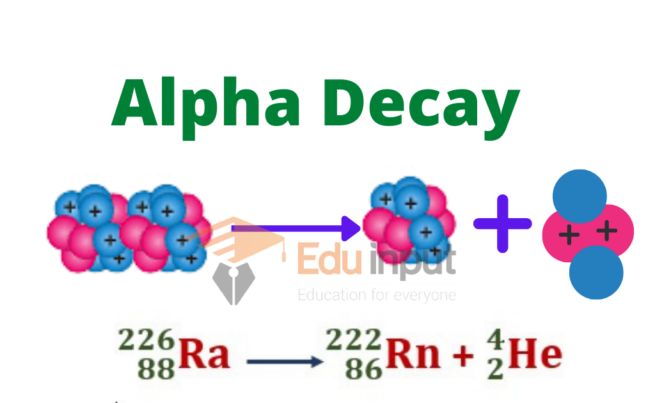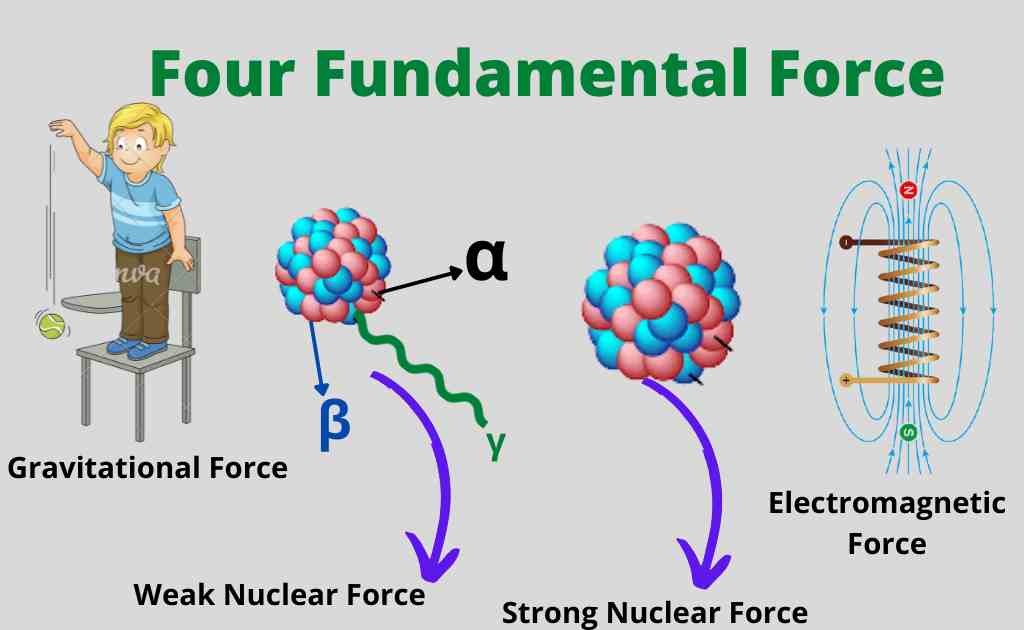Cherenkov Radiation-Definition, And Applications
Cherenkov radiation is electromagnetic radiation produced when a charged particle such as an electron moves through a dielectric media faster than light waves would move through the medium at their speed of propagation, or phase velocity.
An undersea nuclear reactor’s distinctive blue glow is a well-known illustration of Cherenkov radiation. The piercing noise made when something moves faster than the speed of sound occurs has a comparable cause to a sonic boom.
Cherenkov radiation
The phenomena have the name of a Soviet physicist named Pavel Cherenkov. When a particle carrying an electric charge moves faster than light in a medium like air or water, it causes a brief flash of light. Cherenkov light is the name for this flash of light.
While the speed of light in a medium is slower than c, the speed of light in a vacuum is a constant c. This shows that while moving slower than the speed of light, light may move faster through a medium.
The electromagnetic field is disrupted and electrically polarised when a fast electron travels through a dielectric material. The particle leaves behind a coherent shock wave that propagates throughout the medium.
Why the color of Cherenkov radiation is blue?
Charged particles traveling faster than the speed of light, such as those in water, disturb the energy equilibrium of the atoms in their path. These atoms emit photons, the particles that make up visible light, in an effort to achieve equilibrium, resulting in a “shock wave” of visible light.
When faster-than-sound motion takes place, the result is the same as the sonic boom, but on the light spectrum. The many colors that the human eye sees are essentially various forms of photon-based waves.

Cherenkov radiation involves high energies, and as a result, the photons move as waves with high frequencies and brief wavelengths, which are typical of violet and blue colors. The human eye perceives light as bluer or more violet the higher the frequencies and shorter the wavelengths.
Although ultraviolet cannot be seen with the naked eye, it can be photographed using specialized equipment that detects Cherenkov radiation.
Applications of Cherenkov radiation
Cherenkov radiation typically occurs in submerged radioactive materials. Nuclear material, which produces radioactive material as a byproduct, can be utilized for both peaceful uses (like the generation of energy) and the production of nuclear weapons.
Verifying that nuclear resources and infrastructure are still used for peaceful purposes is part of the IAEA’s mandate. Under the terms of their safeguards agreements, States report to the IAEA the location, quantity, chemical make-up, physical form, and intended use of their nuclear material. The IAEA then confirms that the information given by the State is accurate and comprehensive.
Nuclear Safeguards Inspectors analyze nuclear material at nuclear facilities and other locations using specialized equipment, such as The Next generation Cherenkov viewing devices (XCVDs) or digital Cherenkov viewing devices (DVDs), that capture the light emitted, and compare that data to the information reported by the State.
For instance, they can assess if the reported quantity of spent nuclear fuel is accurate by measuring the Cherenkov radiation present in the ponds where the spent fuel from nuclear reactors is kept. Thus, they are able to determine whether any nuclear material from spent nuclear fuel has been diverted from usage for non-peaceful purposes.
Related FAQs
Is Cherenkov radiation harmful?
No, Cherenkov radiation arises, in a manner analogous to a ‘sonic boom’, when a charged particle passes through a dielectric medium at greater than the phase velocity of light in the medium.
Is Cherenkov radiation faster than light?
Cherenkov radiation is a form of energy that we can perceive as a blue glow emitted when the electrically charged particles that compose atoms are moving at speeds faster than that of light in a specific medium.
Is Cherenkov radiation always blue?
The speed of light in a particular medium is related to the speed of light in a vacuum and the refractive index of the medium. Most Cerenkov radiation is in the ultraviolet spectrum, but part of the energy is visible light and is seen as a blue glow.
Why is nuclear water blue?
As Cherenkov radiation passes through the water, the charged particles travel faster than light can through that medium. So, the light you see has a higher frequency than the usual wavelength. Because there is more light with a short wavelength, the light appears blue.

 written by
written by 





Leave a Reply